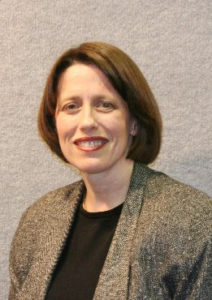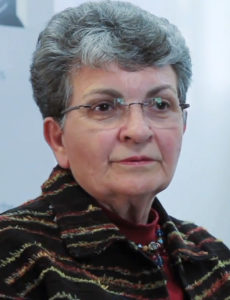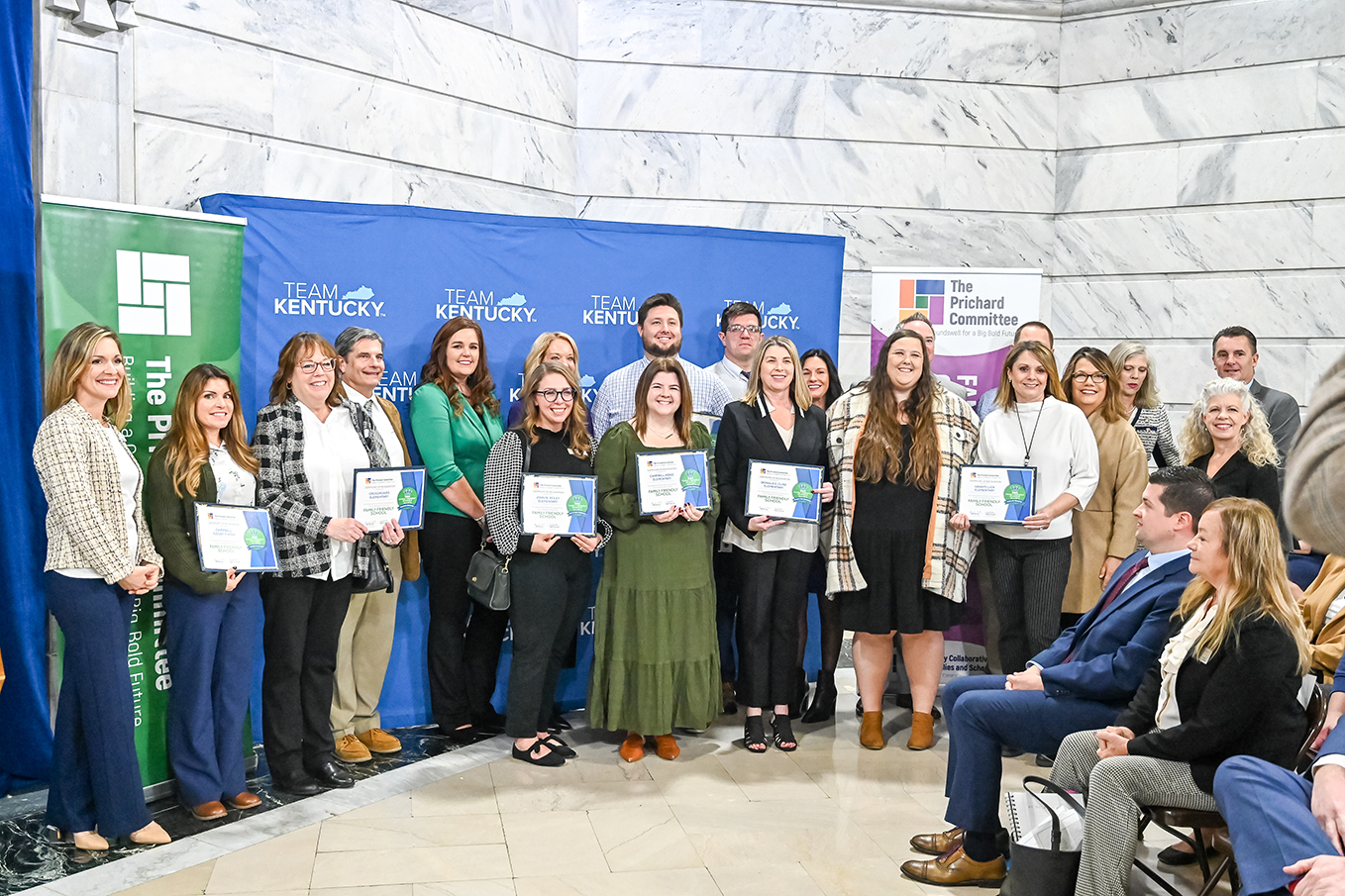During the past 25 years, the use of children’s literature as a context for teaching mathematical language has become a popular classroom practice and has been accompanied by an explosion in the number of children’s books that have been written specifically for such use.
Numerous titles, both narrative and non-narrative, could be excellent choices. In an article published by the National Council of Teachers of Mathematics, Timothy S. McKeny and Gregory D. Foley remind readers not to ignore the power of a book in supporting the development of mathematical language and thinking. Purposeful use of children’s books to teach mathematics and literacy together gives students the opportunity to use math vocabulary in conversations that show their understanding of the concepts and problems presented in the texts.
Children enjoy and remember good books. Literature provides structure and a meaningful context for the growth and development of mathematical thinking and language through reading and writing. Literacy interactions between the reader and the text have been referred to as literacy transactions by author Louise Rosenblatt. These exchanges occur as young readers use language to identify with memorable characters, meaningful settings and engaging storylines.
When using children’s books to teach mathematics, focusing on the ideas to be developed through “math talk” is important. Teachers can create opportunities for teaching word meanings by taking an active role in organizing information in appropriate ways.
Often the teacher may need to share additional readings and examples that will facilitate deeper comprehension of the language their students will learn. The discussion of “Two of Everything” and “Harry and Eddie: The Friendship that Changed the World” will provide readers some insights as to how they can use children’s literature to develop the language of mathematics.
“Two of Everything,” a delightful Chinese folktale, is a picture book that gives students the opportunity to fantasize about an enchanting storyline while discovering the magic powers of a brass pot Mr. Haktak dug up in the garden. Teachers can use this book to introduce young learners to the concept of doubling, which is powerful mathematically, much more powerful than many adults might suspect at first glance. Just for fun, think about this question: Would you rather have $1 million or a penny that doubles every day for a month?
The artwork in “Two of Everything” illustrates much of the language and the ideas are presented in an easy-to-understand format. The humorous scenes throughout the book interweave mathematics with language at many levels. Although this book focuses on doubling, also embedded in the story line are opportunities to discuss exponential notation and types of functions, as well as a geometric series, thus extending the potential of this book to generate meaningful mathematical interactions well beyond the primary grades.
One can see from the example above that children’s literature can be infinitely more student friendly than a mathematics textbook might be. We, as educators, may well remember our own math textbooks as being difficult to understand. That situation has not changed appreciably over the years.
Author Vicki Schell shares that the vocabulary of mathematics embodies concepts that need to be learned. It has long been recognized that mathematics content material is conceptually dense “with more concepts per word, per sentence, and per paragraph than any other area.” Therefore the vocabulary must be taught, and taught well. We find children’s literature to be an effective and engaging choice for teachers to use for developing study of vocabulary words, whatever the grade level.
Our next example involves middle level students in reading a story about friendship. Students can learn about the importance of decisions that were made that shaped the direction of the characters’ lives. Integral to their lifelong relationship are real life experiences involving business transactions that use mathematics vocabulary.
In the chapter book “Harry and Eddie: The Friendship that Changed the World,” readers learn about the crucial decisions made by both men that led to their confidence in each other’s judgment. That respect influenced decisions made by President Harry S. Truman.
There are examples in the story for students to learn about mathematical ideas such as: buying and selling, and profit and loss. These real-life situations are essential to the comprehension of the story. In addition, a historical timeline that lays out the sequence of events gives an overview of the book.
Vocabulary such as bankruptcy, canteen, haberdashery, business partner, advertising, economy and paid informers are some of the terms that will provide teachers opportunities to engage their students in conversing about the book. Extended mathematical concepts that are essential to understanding the story include ideas such as sequencing, time measurement, borrowing money and paying off debt. The text-to-world applications are from the 20th century, but can be used by teachers to help their students clearly understand how historical events from the past have impacted the world today.
Teachers build a language-rich classroom environment when their learners engage in peer-to-peer conversations while simultaneously developing their ability to share mathematical ideas. In addition to the storyline, visual representations of mathematical information and problem solving incidents within narrative and non-narrative books provide topics teachers can use to promote mathematical discussions.
These verbal experiences involving “math talk” support children as they deepen their understanding of mathematics. Helping students use books as basis for communicating their thoughts provides them a venue for opening the treasures of the language of mathematics using children’s literature.

Beverly Joan Boulware
Beverly Joan Boulware is a literacy specialist who teaches elementary children, middle grades learners, undergraduates and master’s level students. She is active in the Literacy Association of Tennessee, and is a past president of the Kentucky Reading Association, Texas Association of Reading Professors, and the International Literacy Association’s Special Interest Group, The Organization of Teacher Educators in Reading. Boulware received her bachelor’s and her master’s in education from Indiana University and a doctorate degree in reading education from Ball State University. After more than a decade teaching literacy education courses at Western Kentucky University and The University of Texas at Arlington, she relocated to Murfreesboro, Tenn., where she is a professor of literacy education at Middle Tennessee State University.

Eula Ewing Monroe
Eula Ewing Monroe earned her bachelor’s, master’s, and Rank 1 from Western Kentucky University and her doctorate from Vanderbilt University, where she studied both literacy and mathematics education. After a 32-year career in Kentucky as an elementary teacher and teacher educator, she taught mathematics education at Brigham Young University for 24 years before retiring in August 2016. Monroe has conducted research and written articles on various aspects of mathematics education, focusing in recent years on professional development of teachers, the use of children’s literature in mathematics and language-mathematics relationships. She served as lead editor and contributing author for “Deepening Students’ Mathematical Understanding with Children’s Literature,” published by the National Council of Teachers of Mathematics.




Leave A Comment